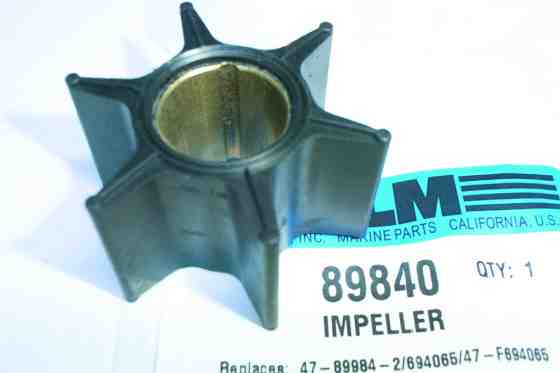tphinney said:I ran aground in the entrance to my own channel going into my neighborhood on my 220SD. I didn't realize that we where in an extreme low tide and before I knew it I was stuck hard "At Night".
year before last, at the Caladesi MM Customer Appreciation event, 2 480DB's were coming in at night. the lead boat missed the channel, and the following boat followed him onto the hard. it was an outgoing tide, and they had to spend the night grounded, waiting for the tide to come back in.
in their situation, they had no generator, which means no a/c or electricity. must have been a crappy night out there.



